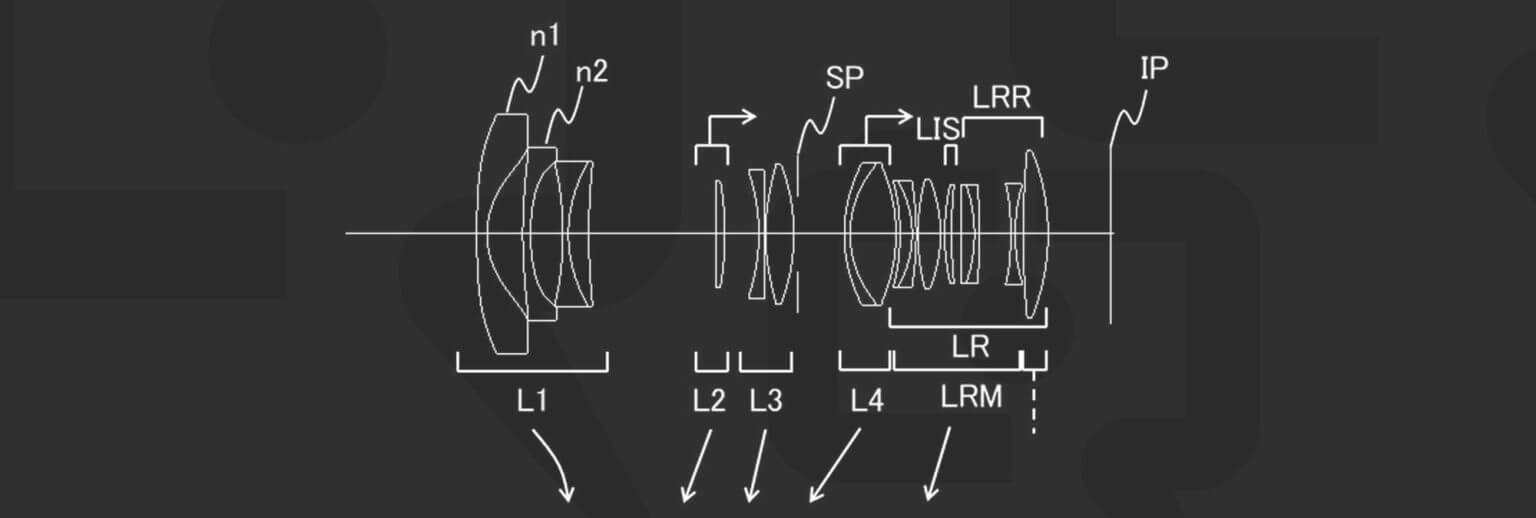I think it's pretty safe to say that Canon has all the ultra wide zoom lenses that they could possibly need, but we also have to keep in mind that once the dust settles and the lens start production, they are hard at work on the Mark II variant of the lens.
While we can look at this patent and say “well, this will never get done”. It may down the road as it may replace one of the current ultra wides that Canon sells.
These embodiments look okay, but it should be noted that they are designed to lose resolution from image circle stretching at the wide end. Something I'm sure some of you know is something that I absolutely abhor. That being said, I'm not a lens designer, nor do I know Canon's internal budgeting and margins, I'm simply allowed to whine about it.
There are three embodiments all with the same focal so we'll just dive into the first one. In the first embodiment circles back to the beginning of the article when I mentioned this may be a second release, or a Mark II lens. Consider it's a little wider and perhaps a little better than the current Canon RF 15-35mm F2.8L IS USM. Keep in mind that the Canon RF 15-35mm F2.8L IS USM is almost 6 years old now.
The optical design is completely different to that of the current production Canon RF 15-35mm F2.8L IS USM and is a far more complicated lens design.

Canon RF 14-35mm F2.8
Near Middle Far
focal length 14.42 23.76 33.91
F number 2.88 2.88 2.88
Half angle of view (°) 52.67 42.32 32.54
Image height 18.91 21.64 21.64
Lens length 154.50 144.35 145.20
Back Focus 17.88 28.46 37.90
As with all patent applications, this is a way to look into Canon's ongoing research and may or may not end up in an actual product.
Japan Patent Application 2024-058439


Challenge Sony's 16-35 GM2, Canon did it RF135L and 10-20L. We love gear wars:p
you can always fix the image in post. full electronic control though is a much harder thing to work around. But I've seen some people adapt Contax electronic mount lenses to EF .. so there's always a way.
it does! I was a little surprised when I looked it up.
"Old" 15-35L: 126.8 mm
==> almost same length. So Size was not the reason for this patent.
I read
So the lens formula differs by about 1 cm, depending on FL.
Will interesting if and how this can be implemented as internal zoom.
And if so, the lens will be about 1 cm larger, than the old one.
Edit: I did also check the other two formulae. They have less differing lengths, still several mm.
So no constant length, and no fully internal zoom.